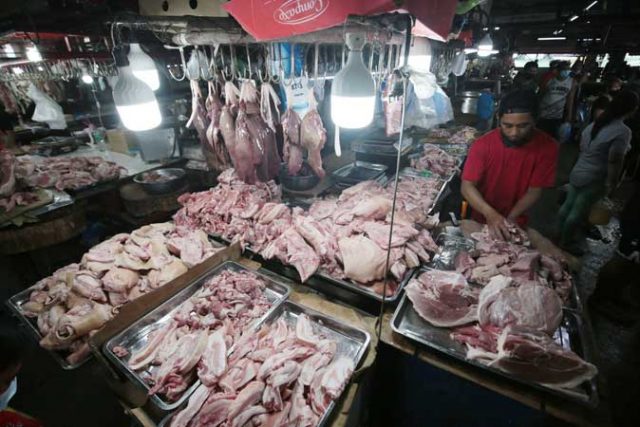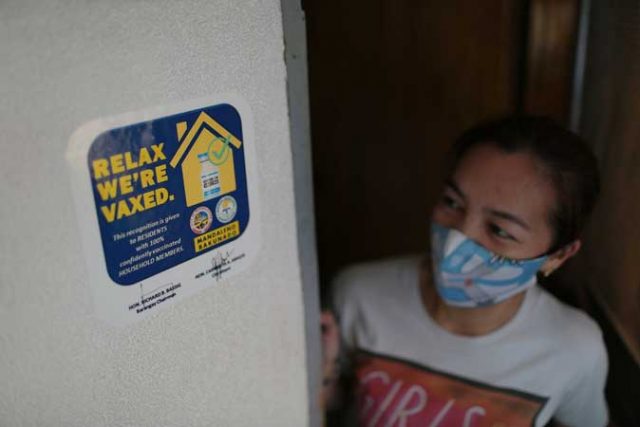Enjoy safe and contactless transactions using ML Wallet
Queuing to pay for our purchases or bills using cash can be quite a hassle and considerably unsafe these days. With a lockdown imposed last year forcing businesses to close, paying at a bank or store counter made it difficult for consumers. While the strict quarantine measures were slowly eased in the past few months, people and businesses are still required to take steps to practice physical distancing. This has led to Filipinos embracing digital alternatives which reduce the spread of the virus that could otherwise be passed on through paper bills and coins.
Due to the ongoing pandemic, the Bangko Sentral ng Pilipinas (BSP) reported a huge spike in the use of e-payments. To cater to this shift in the digital landscape, M Lhuillier introduced the ML Wallet App. The ML Wallet App is M Lhuillier’s official mobile application launched in 2017. It allows users to send money, buy load, buy items in the ML Shop, and pay bills on time in the safety of our homes. The App was designed to serve as the online bridge or tulay for Filipinos who do not have access to banks and other financial institutions particularly in the rural communities of the country.
In 2020, a new and improved version of the ML Wallet App with a refreshed look, organized interface, faster registration, and hassle-free verification. It’s contactless, quick, and easy.
Why download the ML Wallet App?
Pay Bills Quickly
With over 400 partners nationwide ranging from utilities, insurance, loans, and more, avoid late fees when you use your ML Wallet App to pay your bills anytime, anywhere.
Send Money
Conveniently perform any of ML Wallet’s Send Money options: Wallet to Wallet, Kwarta Padala, or Wallet to Bank* anytime, anywhere.
Buy ELoad
Easily buy or send load to your friends and family with just a few taps on your smartphone.
Add Money
Cash in by visiting the nearest M Lhuillier branch or add money through ML Wallet’s partner banks.
Receive Money
No time to visit an M Lhuillier branch to get your Kwarta Padala? Receive up to PHP 50,000.00** per transaction through your ML Wallet. Simply type the required Receive Money details after logging in.
Withdraw Money
Withdraw up to PHP 40,000** per day from any of the 2,500 M Lhuillier branches nationwide. Find the nearest ML branch by clicking the Branch Locator in the App!
Buy Items
Find the best prices and shop pre-loved jewelry, mobile phone accessories, and other pawnable items in the ML Shop!
Aside from these services, you can track your finances with ML Wallet’s upgraded Transaction History feature, find the nearest M Lhuillier branch with an in-App Branch Locator and check the latest Kwarta Padala rates anytime, anywhere.
The ML Wallet App is available for free in Google Play Store, Apple App Store, and Huawei App Gallery. Avoid the long lines. Skip the cash and experience the convenience with just a few taps. Register for FREE: http://onelink.to/x2rcze
M Lhuillier, the Philippines’ largest and most respected non-bank financial institution, continues to uphold its promise of being the Bridge and Tulay ng PaMLyang Pilipino with more than 3,000 serviceable locations nationwide. It continuously seeks better and innovative ways to serve its community by providing fast, easy, and reliable financial services such as Kwarta Padala, Quick Cash Loan, Bills Payment, Insurance Plan, Money Exchange, Jewelry, ML Wallet, ML Express, ML Logistics, and Telco and online TV Loading.
Follow M Lhuillier Financial Services, Inc. on Facebook, or visit mlhuillier.com for more information. For inquiries, contact Customer Care through its toll-free number 1-800-1-0572-3252 or email customercare@mlhuillier.com.



 With a wide and highly recognized presence globally, the company provides its services to industries such as technology and games, communications and media, e-commerce and fintech, travel and hospitality, and healthcare, among others.
With a wide and highly recognized presence globally, the company provides its services to industries such as technology and games, communications and media, e-commerce and fintech, travel and hospitality, and healthcare, among others. For its part, TELUS International Philippines is boosting its workforce through training and upskilling, making sure they are not caught flat-footed in the face of more sophisticated technologies and platforms.
For its part, TELUS International Philippines is boosting its workforce through training and upskilling, making sure they are not caught flat-footed in the face of more sophisticated technologies and platforms. “Internal workshops and seminars taught by peers serve valuable purposes, including team-building and skill-sharing,” Nala shared. “This is a time for workers to share knowledge and best practices, which in turn can boost collaboration and build engagement across the organization.”
“Internal workshops and seminars taught by peers serve valuable purposes, including team-building and skill-sharing,” Nala shared. “This is a time for workers to share knowledge and best practices, which in turn can boost collaboration and build engagement across the organization.”











